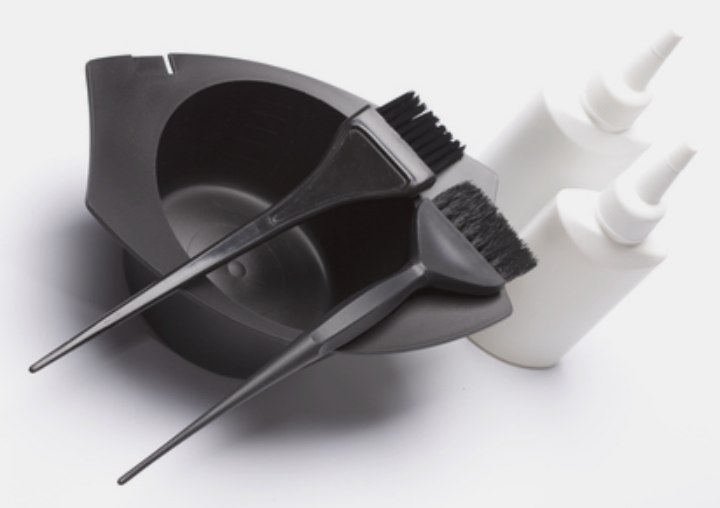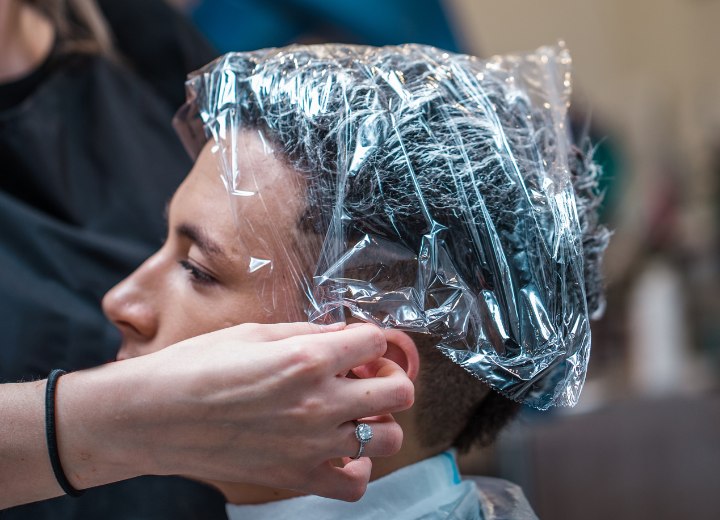Advanced Hair Color Tips

We’ve discussed hair color tips for different hair textures and wave patterns, and dealt with the needs of various hair density levels when trying to color the hair, but these aren’t the only factors that govern what type of hair coloring will look best or how the hair color processing will work.
Hair length can be a major factor in any hair coloring process - for a number of reasons. But for simplicity's sake, let's look at all-over color and special-effects coloring separately.
First, the length of the hair can affect the processing time of all-over hair color for very practical reasons. Long hair can present a challenge when it comes to getting even color processing since the ends of the hair can be more porous than the portions of the hair closer to the scalp and absorb the color more quickly, allowing for faster development of the color.
On the other hand, the portions at the scalp can process more rapidly as well because of the warmth of the scalp. This leaves the middle lengths as the portion of the hair that takes longest to process. If not compensated for, the results can be hair color that is darker (or brighter) at the roots and ends and less so in the middle giving an uneven result.
To compensate for this, when coloring long hair, you should apply the hair color to the hair starting about 2 inches from the scalp, and stopping about a third of the way from the end. Once the middle lengths are covered, go back over the head and apply the color to the scalp (giving the mid-sections about 10 minutes head start to process) and to the ends. This should help to ensure an even color result.
As mentioned in the above paragraphs, short hair presents an issue in hair color processing because very short lengths mean the hair is going to rest against the scalp, which can dramatically speed up processing times, which is significant when using high-lift color or a bleaching process. You want to make sure that all the hair lays flat against the scalp when the color mix is applied, so that the temperature remains consistent. You generally want to wrap the hair in plastic or use a cap.

Special Effects Color Techniques
When doing special effects coloring, such as highlighting and lowlighting, the length of the hair is once again an important consideration. There are specific techniques that are best suited to certain lengths of hair, or layered versus blunt styles.
The variations on these techniques are too numerous to make a comprehensive list here, but there are some basics that can be adapted and should be mentioned.
Burnishing the Hair
When you want to add a hint of color to really short hairstyles, most of the traditional styling techniques are unsuitable. When the hair drops below a certain length, the use of foils, or highlighting caps is impractical, and yet, even those who prefer shorter hair would be served well by the application of color in some way. That’s were a technique called burnishing comes in handy.
The dry, short hair is combed so that the hairs stand as straight as possible (perhaps blow-dried to create the desired configuration). Next, a hair color mixture (or bleaching mix) is made and painted onto a sheet of foil or waxed paper. The paper is then held so that the mixture-painted side can be rubbed along the tips of the hair in a back-and-forth motion. In many ways, the way you would buff a pair of shoes being polished.
The mix is allowed to process and the color results in a "halo" effect. The technique is great for giving a "sun-kissed" look to the hair, or to add a glow of color to the overall look of the hair.
Continue reading ...